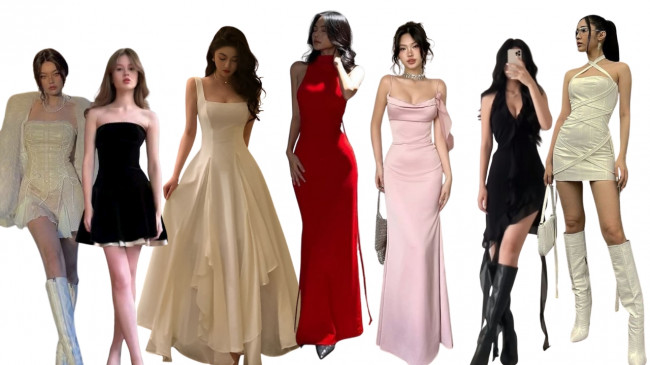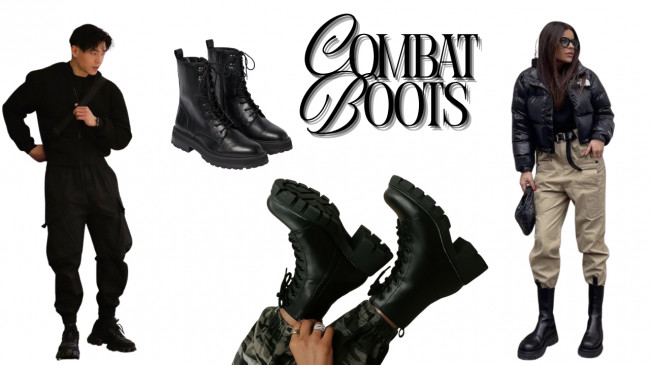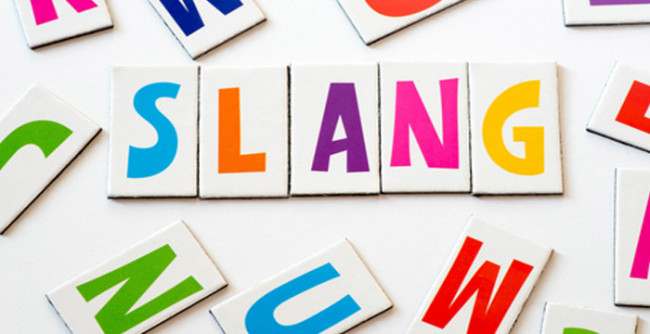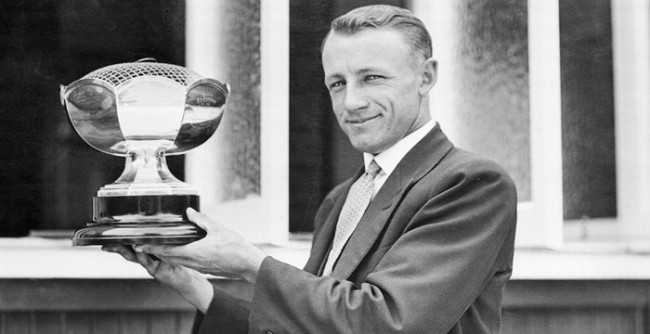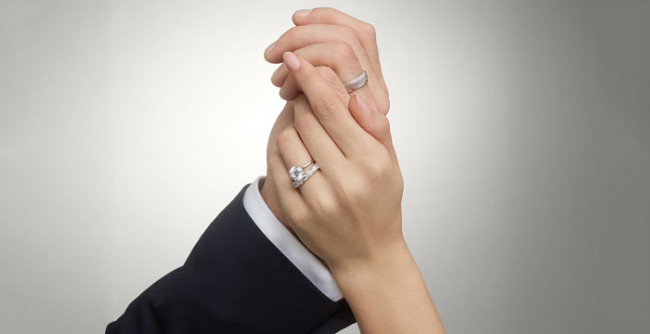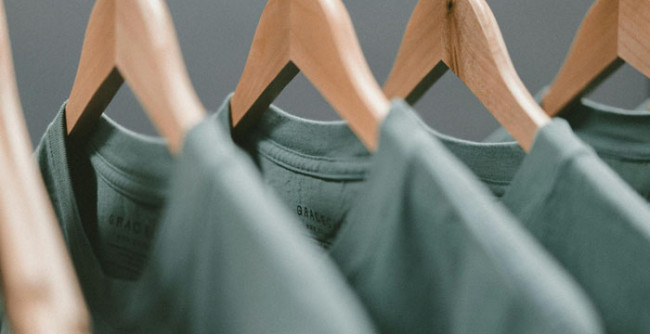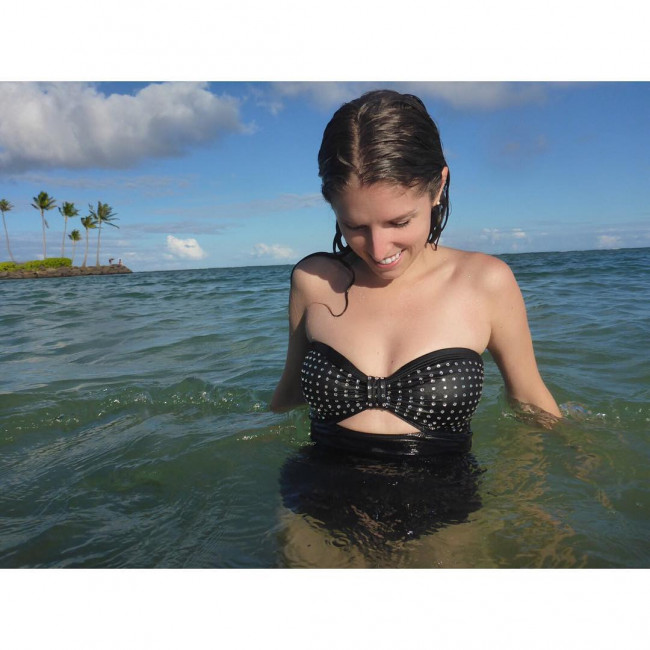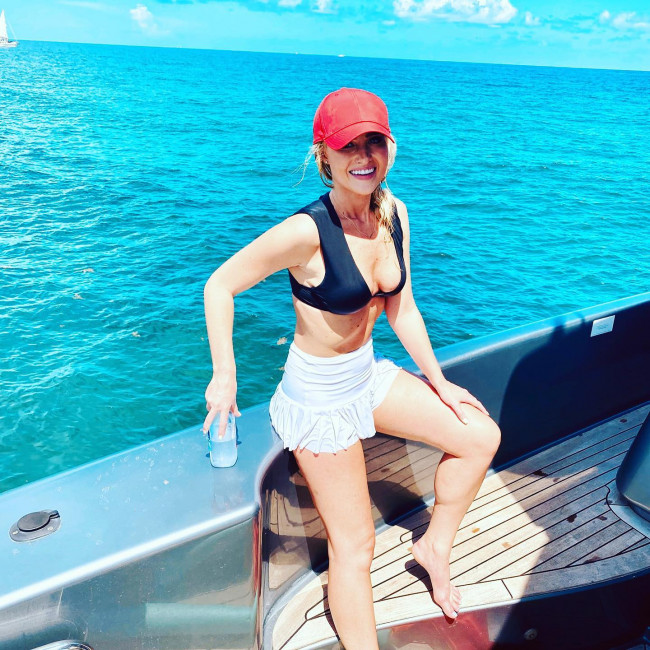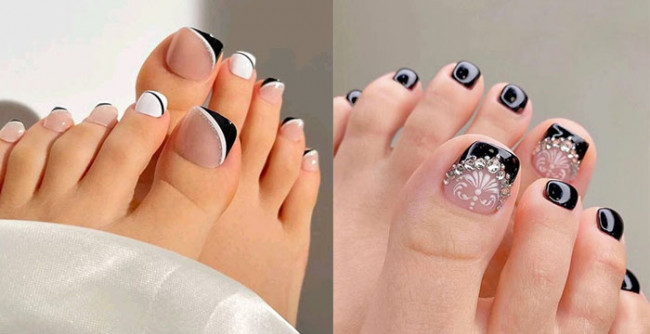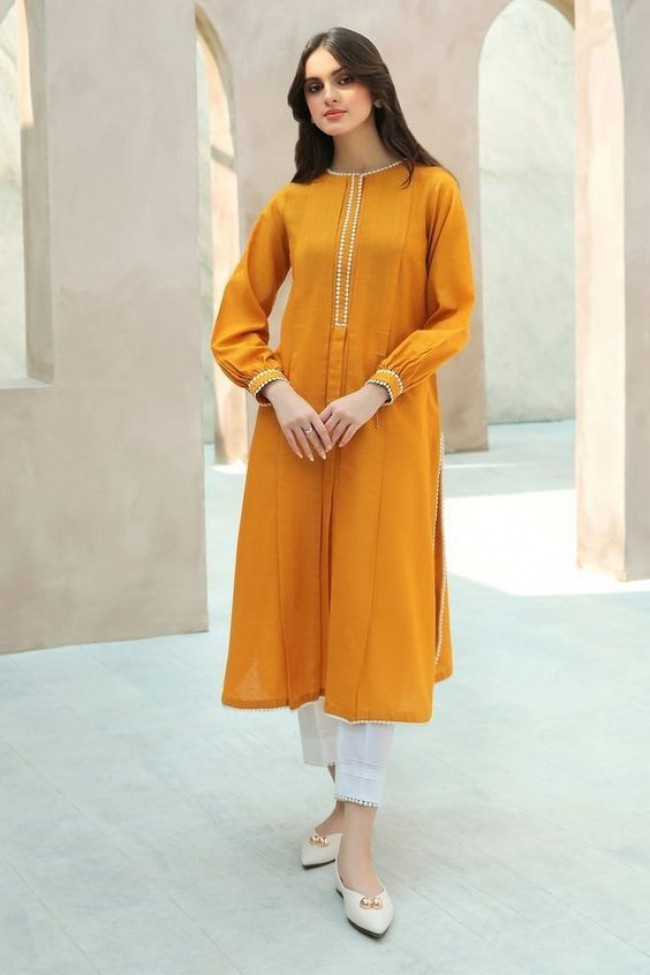Choosing the ideal pair of shoes for your child becomes a top priority when they begin crawling. Although early development encourages barefoot exploration, there are circumstances in which shoes can offer support and safety.
This article will explore the key factors to consider and highlight the best types of baby shoes, ensuring their tiny toes are protected and encouraged in their early mobility.
The Importance of the Right Shoes for Crawlers
Crawling is an important developmental milestone for infants that signifies the change from immobility to exploring their environment. Experts frequently advise letting newborns crawl barefoot indoors to encourage natural mobility and balance. However, some situations—such as outside activities or chilly weather—require shoes.
1. Soft Soles for Natural Movement
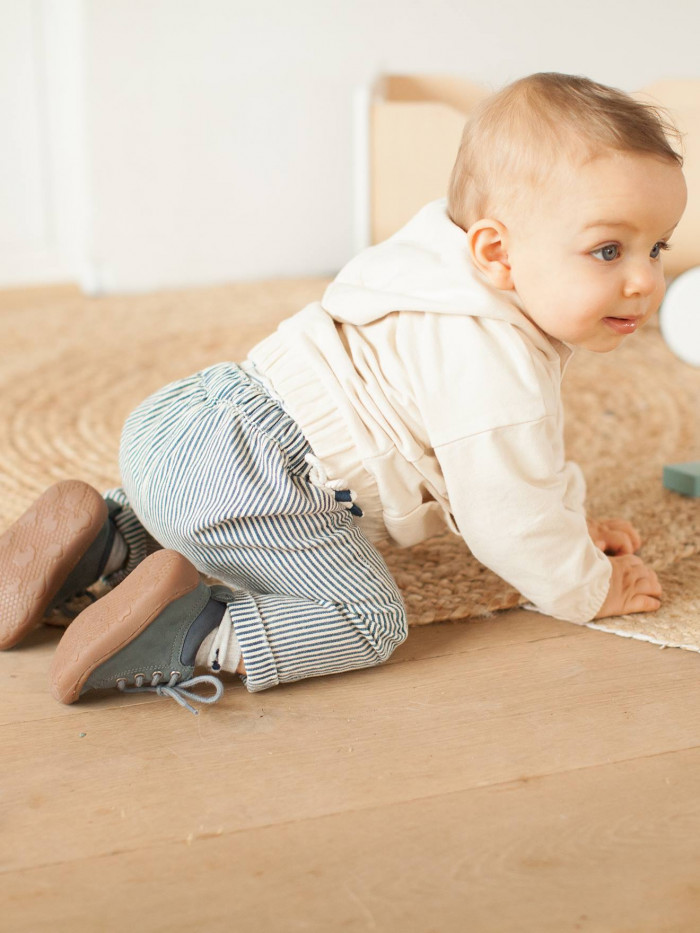
Soft soles are essential when selecting shoes for babies just starting to crawl. The baby can feel the ground under them thanks to the flexible, soft bottoms that simulate walking barefoot. The growth of balance and coordination depends on this sensory feedback. Seek out footwear with optimum flexibility, such as leather or cotton that breathes well.
2. Proper Fit for Comfort
Since a baby's foot is always growing, getting shoes that fit well is important. Uncomfortable and ill-fitting shoes can restrict natural movement. Take regular measurements of your baby's feet and choose shoes that are snug but still allow their toes to wiggle. Elastic laces or Velcro straps that may be adjusted to fit tight while considering the natural growth of their feet provide a secure fit.
3. Lightweight and Breathable Materials
Babies' feet need to be composed of lightweight and breathable materials because they are frequently sensitive to temperature changes. When your baby crawls, shoes with ventilation will keep their feet from getting too hot and uncomfortable. Choose shoes with ventilation-enhancing mesh panels or perforations.
Types of Baby Shoes Ideal for Crawlers
1. Soft-Soled Shoes
Soft-soled shoes—often constructed of flexible leather or fabric—are a great option for crawlers. They support good balance and coordination by enabling natural foot mobility and flexibility. To avoid mishaps on slick surfaces, look for alternatives with non-slip soles.
2. Booties with Grippy Soles
Crawler-specific booties frequently have sticky bottoms that offer traction without limiting mobility. These comfortable alternatives, typically composed of soft fabrics, provide warmth and protection, making them appropriate for outdoor exploration or cooler weather.
3. Socks with Non-Skid Bottoms
Socks with non-skid bottoms can be a useful substitute when a child is just beginning to crawl. These offer a non-slip surface that keeps your baby's feet warm and safe while exploring various indoor surfaces.
4. Elastic Ankle Closures
Ankle closures made of elastic provide a snug fit without becoming uncomfortable. This design keeps your baby's feet pleasantly in place and keeps the shoes from coming off during crawling sessions.
Taking Baby Steps with Confidence - Navigating the World of Crawling Shoes
When selecting the best shoes for crawling babies, it's important to consider features like breathable fabrics, soft soles, appropriate fit, and lightweight construction. The correct shoes can offer safety and support to your child during this exciting developing stage without interfering with their natural movement.
Based on their baby's specific demands and the surroundings, parents can choose between booties with sticky bottoms for outdoor adventures and soft-soled shoes for interior exploration. Purchasing the shoes for the tiny crawler is a modest but important step toward fostering their comfort and confidence in this early period of mobility as they explore the world one movement at a time.

